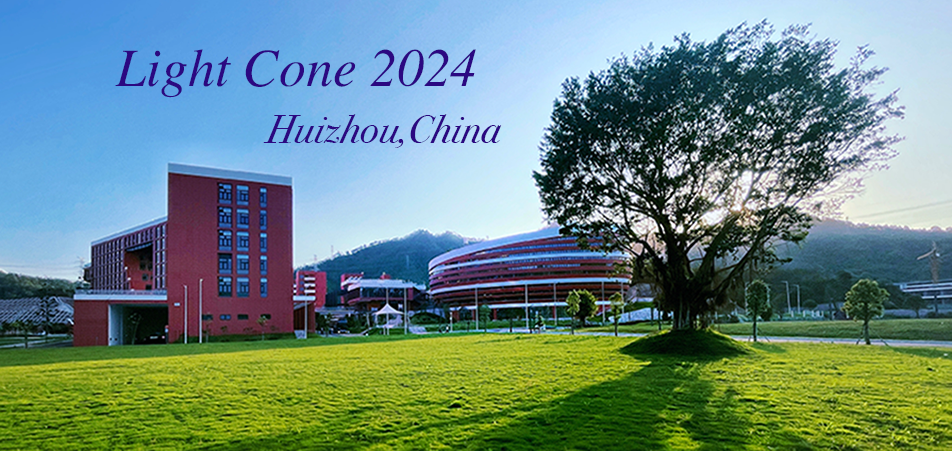Speaker
Description
Semileptonic decays involve the transition of a heavy meson (such as B or D) to a lighter meson via the exchange of a W boson. Understanding the form factors governing these transitions is essential for precision measurements of CKM matrix elements and testing the Standard Model. The form factors are manifestations of nonperturbative QCD processes, and various phenomenological models have been used to obtain some information on them.
In this talk, we present the study of the semileptonic form factors of $D_{(s)}$ meson from a modified soft-wall 4-flavor holographic model. We investigate the semileptonic decay processes $D^{+} \to (\pi, K, \eta) l^{+} \nu_{l}$ and $D_{s}^{+} \to ( K, \eta) l^{+} \nu_{l}$, associated with the vector meson exchange, as well as $D_{(s)}^{+} \to K^{} l^{+} \nu_{l}$, associated with the vector and axial vector meson exchange. The form factors $f_{+}(q^{2})$ for $D \to\pi$ and $D_{(s)}\to K$ decays agree excellently with experimental and lattice data, outperforming other theoretical approaches. The $f_{+}(q^{2})$ form factor for $D^{+} \to \eta $ is compatible with experimental data, while a slight discrepancy is observed for $D_{s}^{+} \to \eta $ at large $q^{2}$. Additionally, we predict the vector form factors $V(q^{2})$ and $A_{1}(q^{2})$ for $D \to K^{}$ and $D_{s} \to K^{}$ decays, respectively. The results agree well with other approaches and lattice data at maximum recoil ($q^{2}=0$).

